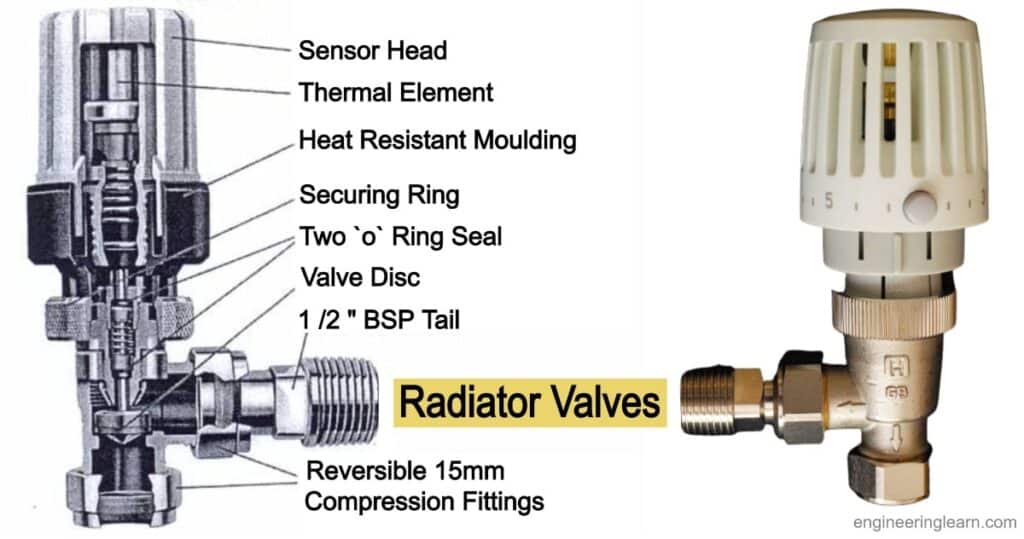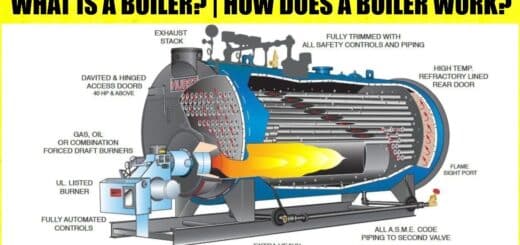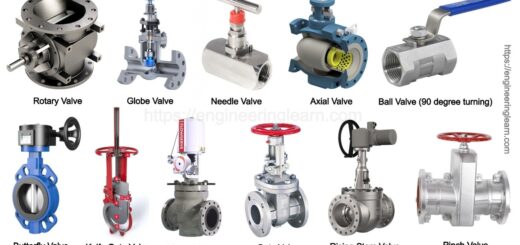Radiator Valves – Thermostatic, Corner, Angled, Straight, Traditional, Manual & Modern

Introduction
Radiator Valves – Thermostatic, Corner, Angled, Straight, Traditional, Manual & Modern :- If there is a need to furnish your clients with a specific aide then you must be knowing about each part of finding, purchasing, introducing and keeping up with the most proper radiator valve for any radiator establishment.
The article is intended to make you learn about the sorts of valves along with its various styles and colours. Whether this is your first time purchasing radiator valves, or you’re hoping to dive more deeply into how they work and what you can do at home which can cause them to perform practically.
We’ll go over two specific topics in this guide: how to buy a valve and how to use valves.
How to Find Which Radiator Valves You Need?
So you want to purchase another radiator valve and don’t have any idea where to begin. A piece like purchasing another radiator, knowing how to observe which radiator valves you really want can be befuddling on the off chance that you don’t have any idea what to search for, the job your valves need to play, and how you believe them should look when introduced.
While buying any new radiator valve, there are various factors which should be kept in mind:
- Size
- Shape
- Finish & Colour
- Functionality
- The brand
- Price
If you need accessories
It could seem like a great deal to consider, yet it’s unimaginably simple when you have the data and assets from Trade Radiators to assist you with tracking down the most reasonable items.
For instance, somebody searching for radiator valves which supplement their home insides can get motivation from our blog here, while those hoping to intrigue can take a gander at the latest radiator items are available which are responsible for lighting up plan which matches their style flawlessly.
There is a point to be considered in which the valves need to match the appearance of your radiator or else you can also prefer a distinctive design that is found giving individuality to the installation.
Types of Radiator Valves
Did you had any idea about that there are for the most part eight unique kinds of radiator valve you can browse? It’s something a great many people wouldn’t have the option to recount from memory, or even expertise to arrange when shown every valve.
The main segregation of the information within the valve types is found to be one of the most important perspective in order to assist with purchasing new valves. It assists clients with abstaining from wrongly buying a valve that looks extraordinary yet doesn’t work with the current warming framework by any means.
Having the correct type also gives the user more control over each individual radiator unit.
The different types of radiator valve are:
- Thermostatic Radiator Valve
- Manual Radiator Valve
- Dual-Fuel Radiator Valve
- Traditional Radiator Valve
- Modern Radiator Valve
- Straight Radiator Valve
- Angled Radiator Valve
- Corner Radiator Valve
Here are some more information about each of these valve types.
1. Thermostatic Radiator Valve
A pewter thermostatic radiator valve – This is referred to one of the most renowned radiator which is known to be the one to be first introduced in the UK, thermostatic radiator valves offer the client a certain degree of adaptability which is found to make it simple for the use of the customers in order to have a space warmed exactly the way in which they like it. They ordinarily are made with a dial on top which can be abandoned 1 to 5.
The numbers on the valve react to the room’s temperature rather than the radiator’s internal temperature, allowing a specified amount of water to enter your radiator. This information can be used in order to get a general understanding about the temperature in numbers in order to refer to the manufacturer’s specifications which can differ at times.
2. Manual Radiator Valves
Manual thermostatic radiator valves – The least complex working is of a manual radiator valve which is the most discrete, that assumes that you are helpful accompanied with a manual radiator valve so that you are for all intents and purposes an expert with any warming framework.
Internally, manual radiator valves use a basic on/off system. There is a need to manually adjust them in order to allow the proper amount of hot water into the radiator. Typically, they have little valves.
Unlike a thermostatic valve, which you can set to a specific number and forget about, a manual valve requires you to learn where the “sweet spot” is, so it may take a few tries to get it perfect in every room. There is a scope of separation of thermostat in the room or that needs to be wanted to work off a central thermostat, manual valves are standard.
3. Dual Fuel Radiator Valves
In some cases you’ll observe that you really want a radiator that can be utilized with your current focal warming framework while likewise acting freely.
That is double fuel radiators’ specialty. With the radiator having an inward component that works independently, a double fuel radiator valve should have the option to conform to the hotness yield from your standard warming and give the right degree of hotness when the electric component is being used.
The fundamental advantage of these valves is that they discredit the need to have new pipework completed.
4. Traditional Radiator Valves
A typical thermostatic radiator valve is referred to as the one which is found to be made up of brass.
The “traditional” valve type is found making mistakes at times as compared to the manual radiator valves, refers to the shape and style of the valve.
Traditional radiator valves include a polished circular or lever handle on top, as well as a lock shield that is similar in appearance. The level of control can be kept as per the requirement to seek from the radiator you can use either a thermostatic or manual valve.
5. Modern Radiator Valves
A cutting edge square head radiator valve – There are found some customary radiator valves which are found having a luxurious inclination to it, in the present day radiator valves are the ones which are more often than not having a more negligible as well as they are found to be quite less-forcing shift focus over to them. The radiator valves are referred to as one of the most typically modest as well as the one which does not have many plan highlights as could be expected.
They are undeniably fit to spaces where you need to make a contemporary stylistic theme and just need a valve that looks like it.
6. Straight Radiator Valves
In some cases, the pipework must be connected to the radiator in a straight line with no bends. This is when a straight radiator valve is required.
7. Angled Radiator Valves
Anyplace your radiator needs to make a 90° association on the upward plane, a calculated radiator valve is required. In the event that the right point is out (for example projects towards you) and in, you want a corner valve.
8. Corner Radiator Valves
While most radiator valve are designed to meet pipework at a 90° vertical angle, corner radiator valves are designed to meet pipework on a horizontal plane, such as when pipes emerge mostly from the wall instead of the floor.
Radiator Valve Sizes Available
There are many people who are not found realising that they can get various types as well as sizes of radiator valves. Erroneously purchasing some unacceptable size could see you end up with a valve that won’t continue regardless of how diligently you attempt.
Presently the issue isn’t on the grounds that your radiator has an odd valve size however will be because of the lines your radiator is associating with being strange. Most rooms in the UK have 15mm lines as standard, however you might view a line as 8mm, 10mm or 22mm.
This is particularly done in order to specifically connect your radiator for a bigger pipe for which there is a requirement of 22mm radiator valves. When the radiator’s location necessitates a higher water flow, wider pipes are typically used. Wider pipes were installed to allow more flow from your hot water tank to the bathroom, therefore 22mm entrances are occasionally found in bathrooms.
When you have a single radiator that was added to your current heating system, 10mm radiator valves are frequently required. It’s unusual for a full house to have 10mm pipes, but a radiator in a conservatory, for example, may require these pipes (and valves).
8mm radiator valves are required when a room or home has had miniature drag pipes introduced. This was very normal in houses worked in the mid to late twentieth century, as it was viewed as an expense and space-saving measure. The reasoning was that more modest lines limit heat misfortune as water as you’re working with a more modest volume of water.
Selecting a Colour or Finish for Valves
The amazing thing about radiator valves is that they may be customised in terms of colour and finish just like your radiator. Nothing is known to be more complicating than having a gorgeous new radiator put only to have the installation appear a little out of place, with valves poking out like a sore thumb.
Having a particular completion from your radiator valve can assist with adding some style, particularly on the off chance that you’re working with a novel radiator or a warmed towel rail.
Here are some of the most renowned radiator valve tones which include:
- Anthracite
- Black
- Brass
- Chrome
- Copperv
- Nickel
- Pewter
- Satin
- Silver
- White
1. Anthracite Radiator Valves
People who are making a point of adding more greys and slate finishes in their kitchens and bathrooms are loving this colour.
2. Black Radiator Valves
Best to keep things basic when you have a dark radiator or towel rail. They can likewise make for a remarkable look on hazier cast iron radiators.
3. Brass Radiator Valves
It’s a fairly difficult aesthetic to pull off, so it’s best for rooms with other brass fittings and fixtures, or if you’re looking for a valve colour to contrast with a black or anthracite radiator.
4. Chrome Radiator Valves
Very famous in restrooms, the chrome valve is your dearest companion while purchasing another towel rail. When you have copper pipes in a similar hue and want a radiator unit that appears to stand alone, this is ideal.
5. Nickel Radiator Valves
Some people avoid nickel because they believe it requires a lot of upkeep. A good-looking valve, on the other hand, will not require any special cleaning or polishing.
6. Pewter Radiator Valves
These are one amongst the extraordinary valves which have a tiled floor and more obscure shading radiator. It’s more normal to pick a pewter valve with the conventional screw head on top.
7. Satin Radiator Valves
Satin has a deeper brushed texture than nickel or silver, which works well in environments with a lot of greys or neutral tones.
8. Silver Radiator Valves
Need a valve with a bit of shimmer? Silver functions admirably in rooms that depend on a ton of light, similar to your washroom.
9. White Radiator Valves
Ideal for matching a conventional white radiator with a traditional appearing valve.
Image Source :- shop5e













